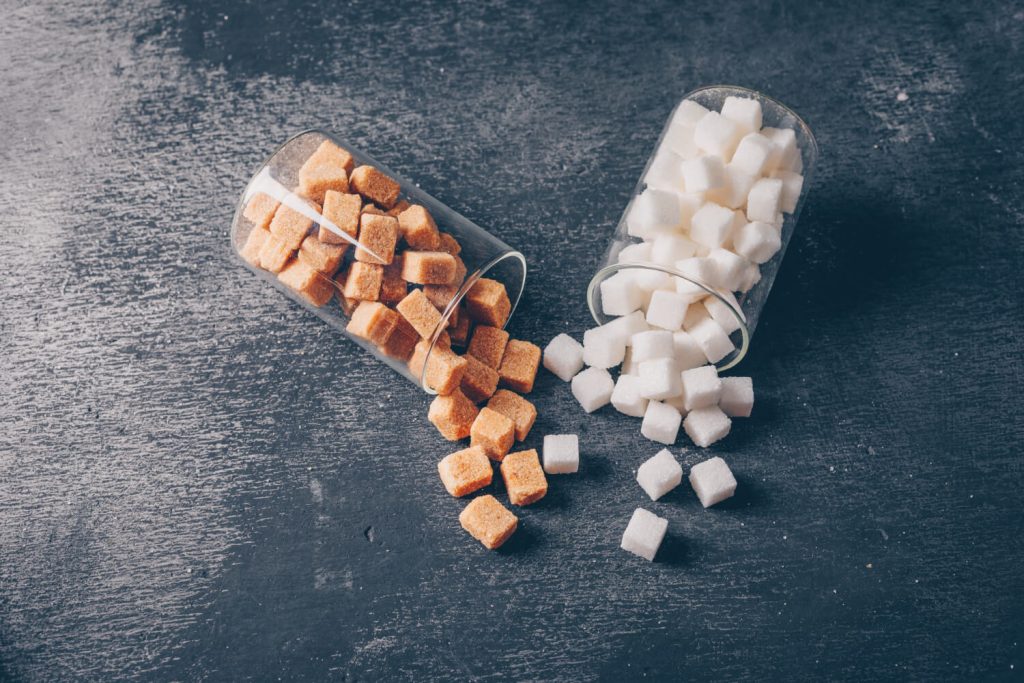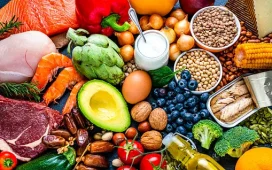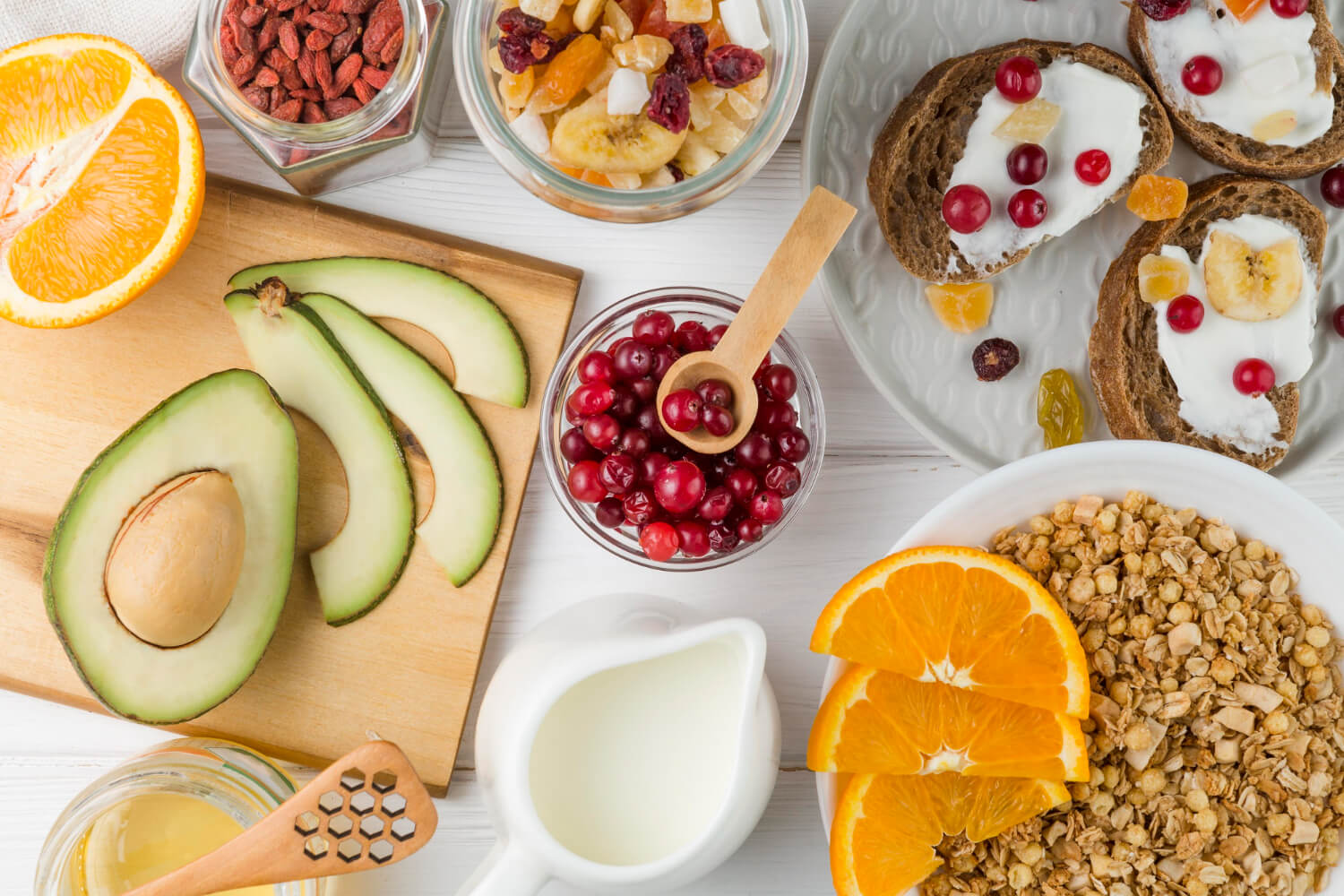If you’ve ever tried to reduce your sugar intake, you know how tricky it can be. While cutting back on obvious sources like candy and soda is a good start, there’s another sneaky culprit to watch out for: hidden sugars in packaged foods. From savory sauces to healthy-looking snacks, sugar lurks in places you might not expect.
Learning how to identify hidden sugars can help you make more informed choices, support better health, and keep your diet balanced. Here’s everything you need to know about spotting these sneaky ingredients.
Why Hidden Sugars Are a Concern
Excess sugar consumption is linked to a range of health issues, including weight gain, type 2 diabetes, heart disease, and tooth decay. While natural sugars found in fruits and vegetables come with fiber and essential nutrients, added sugars in packaged foods provide empty calories without nutritional value.
The American Heart Association recommends limiting added sugar to 25 grams per day for women and 36 grams for men. Yet, many people consume far more than this, often without realizing it. Hidden sugars in packaged foods play a big role in exceeding these limits.
Common Packaged Foods Containing Hidden Sugars
Hidden sugars aren’t just found in desserts or sweet drinks. Here are some surprising examples:
- Condiments and Sauces: Ketchup, barbecue sauce, pasta sauce, and salad dressings are notorious for containing added sugars.
- Breads and Baked Goods: Even whole-grain bread and bagels can contain added sugars to enhance flavor.
- Yogurt: Flavored yogurts, including those marketed as “low-fat,” often have high sugar content.
- Granola Bars and Cereals: Many brands advertise these as healthy, but they can be loaded with sweeteners.
- Packaged Snacks: Crackers, chips, and dried fruits may have sugar added for taste or preservation.
- Processed Meats: Some deli meats, sausages, and jerky products include sugar in their seasoning blends.
How to Read Labels for Hidden Sugars
Spotting hidden sugars starts with reading food labels carefully. In the U.S., the FDA requires manufacturers to list added sugars on the Nutrition Facts panel, which is a helpful first step. However, recognizing sugar by its various names is equally important.
Look for Sugar Synonyms
Sugar goes by many names. Some of the most common include:
- High-fructose corn syrup
- Cane sugar or syrup
- Maltose
- Dextrose
- Glucose
- Fructose
- Sucrose
- Honey
- Agave nectar
- Molasses
- Brown rice syrup
If a product contains multiple forms of sugar, the total amount can add up quickly.
Check the Ingredient List
Ingredients are listed in descending order by weight, so if sugar (or one of its synonyms) appears near the top, the product likely contains a lot of it.
Pay Attention to Serving Sizes
Manufacturers sometimes use small serving sizes to make the sugar content appear lower. Check the serving size to ensure you’re accounting for the amount you actually consume.
Beware of “Health Halo” Marketing
Food companies often use marketing tactics to make their products seem healthier than they are. Terms like “low-fat,” “all-natural,” or “organic” can give the impression that a product is good for you, even if it’s packed with sugar.

For example, a granola bar labeled as “organic” may still contain organic cane sugar or honey, which are no better than regular sugar when consumed in excess. Similarly, products labeled “low-fat” often have added sugars to compensate for flavor.
Practical Tips to Avoid Hidden Sugars
Avoiding hidden sugars doesn’t mean you have to cut out all packaged foods. Instead, use these practical tips:
- Cook at Home: Preparing meals from scratch gives you full control over ingredients. Use natural seasonings like herbs and spices instead of store-bought sauces or dressings.
- Choose Unsweetened Products: Look for labels that say “unsweetened” on items like yogurt, plant-based milk, and applesauce.
- Opt for Whole Foods: Fresh fruits, vegetables, whole grains, and proteins are naturally free of added sugars.
- Limit Processed Snacks: Choose nuts, seeds, or fresh fruit over granola bars and other packaged snacks.
- Be Mindful of Beverages: Swap sugary drinks for water, herbal tea, or unsweetened beverages.
- Compare Brands: When buying packaged foods, compare the sugar content of different brands and choose the one with the lowest amount.
Understanding Sugar Alternatives
Some packaged foods use artificial or natural sweeteners as a sugar substitute. While these may reduce calories, they come with their own set of concerns. Artificial sweeteners like aspartame and sucralose have been the subject of debate regarding their long-term health effects, while natural options like stevia and monk fruit extract are generally considered safer.
If you choose products with sugar alternatives, do so in moderation and prioritize those made from natural sources.
Final Thoughts
Spotting hidden sugars in packaged foods is an essential skill for maintaining a healthy diet. By reading labels carefully, understanding ingredient lists, and being aware of marketing tricks, you can reduce your sugar intake without sacrificing flavor or convenience.
Making small changes—like swapping processed snacks for whole foods or choosing unsweetened versions of your favorite items—can have a big impact on your overall health. Over time, your palate will adjust, and you’ll find yourself enjoying the natural sweetness of whole, unprocessed foods more than ever.
By staying informed and proactive, you can take control of your sugar consumption and make healthier choices for you and your family.




